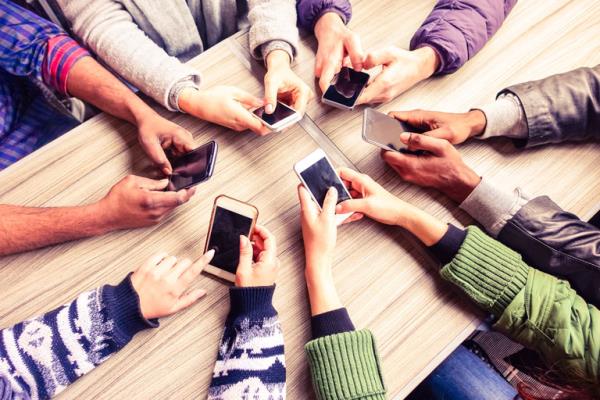24 October 2024

While mobile internet usage continues to rise, the growth rate has slowed, with only 160 million new users added in 2023 — matching 2022 figures but falling short of the higher growth rates seen from 2015 to 2021.
The report highlights the barriers to mobile internet adoption, especially in low- and middle-income countries (LMICs). It stresses the importance of collaboration between governments, mobile network operators, and international organizations to close the connectivity gap.
The digital divide is particularly stark in LMICs, where 95% of those not using mobile internet reside. Sub-Saharan Africa remains the region with the most significant coverage and usage gaps, where rural populations are 28% less likely to use mobile internet than urban residents. Furthermore, women in LMICs are 15% less likely than men to access mobile internet, with the disparity even more pronounced in least developed countries (LDCs), landlocked developing countries (LLDCs), and small island developing states (SIDS).
By the end of 2023, nearly 4.3 billion people, or 53% of the global population, were accessing the internet via their own smartphones. Most of these users (80%) connected through 4G or 5G smartphones, marking an increase of 330 million people compared to 2022. However, around 20% of mobile internet users still rely on older 3G devices or feature phones, with the figure reaching nearly two-thirds in sub-Saharan Africa.
The report identifies affordability, particularly of internet-enabled handsets, and lack of literacy and digital skills as the primary barriers to broader mobile internet adoption. Affordability remains a significant challenge in sub-Saharan Africa, where an entry-level smartphone can cost nearly 100% of the average monthly income for the poorest 20% of the population. For women in LMICs, this cost represents 24% of monthly income, compared to 12% for men.







